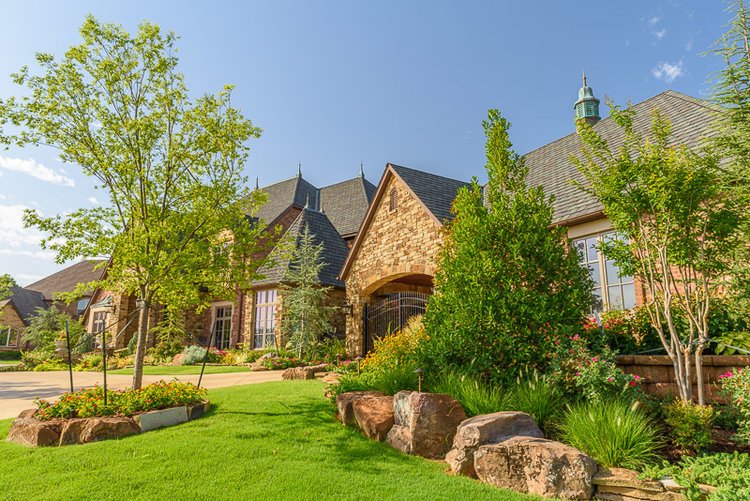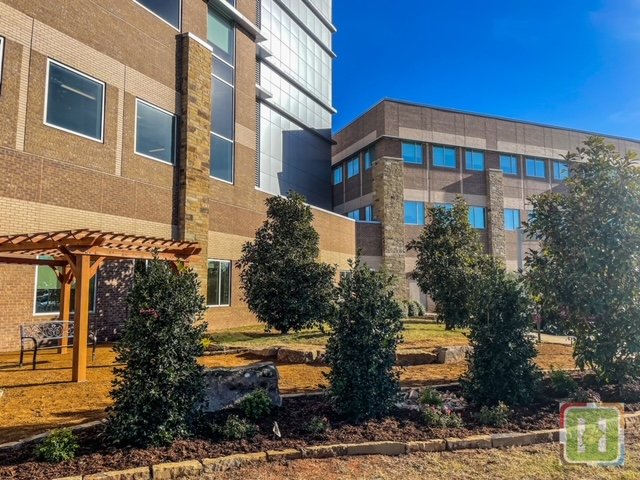Caring for newly planted trees and shrubs is an essential step in ensuring their long-term health and survival. Here are a few tips to help you properly care for your new plants:
Watering
One of the most important things you can do for newly planted trees and shrubs is to properly water. This will help the roots establish and the plant to grow. In summer months new trees may need watering every other day whereas shrubs, perennials and flowers may need daily watering. Although watering with an automatic sprinkler system is easiest, it may not get adequate water to the plant root zone. Supplemental watering with a hose once a week during the hottest months in addition to an automatic sprinkler may be required for best results. During the winter, trees and plants still require water. For every week without moisture, water one cycle like you would in the summer. In Spring and Fall, water two to three times a week when natural moisture doesn’t occur. A word of caution… it is possible to overwater plants. If plant root zones are constantly sitting in a pool of water, it is just as bad as not watering at all. Most plant problems that occur in the early stages of a new landscape can be traced back to improper watering practices. It is during this most critical stage that a plant can suffer Irreversible damage. Take some time initially to master the above procedures. After a couple of growing seasons your plants will have re-established their root systems and only need supplemental watering during prolonged dry periods.
Mulching
Mulching around the base of the tree or shrub can help retain moisture in the soil and prevent weeds from growing. Use a layer of mulch that is 2-3 inches thick and keep it away from the trunk of the tree or shrub.
Pests and Diseases
Keep an eye out for any signs of pests or diseases. If you notice any unusual symptoms, such as wilting or discoloration, contact Heartland for advice. If control by pesticides or fungicides becomes necessary, we can provide that service or give a recommendation for an ‘over the counter’ product.
Fertlizing
Fertilizing in the year of planting is generally not necessary since residual fertilizer will still be present from the Nursery or greenhouse. A slow-release fertilizer such as Osmocote used in the second growing season will encourage healthy plant growth.
Pruning
Pruning is not always necessary for new plants, but if there are any dead or damaged branches, they should be removed. Occasional and selective light pruning in the second growing season will encourage new growth.
Animal Damage
Deer and small furry friends can do considerable damage to young plants. If you live in an area where wildlife is common, please talk with us to discuss strategies to prevent damage.


